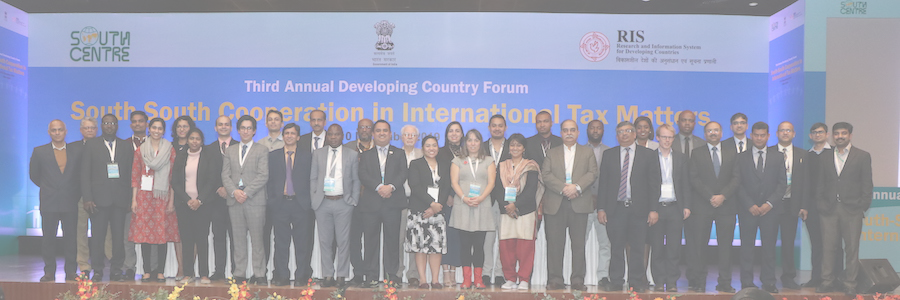Political Declaration of the High Level Meeting on AMR in 2024
Implementing the 2024 AMR Political Declaration: Industry Accountability and Equity in Agrifood Sector Transformation
By Dr. Viviana Munoz Tellez
On 2 July 2025, at the sides of the Food and Agriculture Organization (FAO) Conference, a high-level dialogue on AMR was held, co-organized by the Governments of Kenya and the United Kingdom (co-chairs of the Group of Friends of AMR), the South Centre, FAO, and the AMR Multi-Stakeholder Partnership Platform. The event took place at the FAO Headquarters in Rome, with in-person participation and webcast. Ambassadors and senior officials of Kenya, South Africa, India and Brazil, among others, made interventions in the high-level segment. The South Centre was also part of the panel.
The theme of the event “Industry Accountability and Equity in Agrifood Sector Transformation” provided an opportunity for forward-looking dialogue on the urgent need to transform how antimicrobials are used in agrifood systems, and the government’s required leadership in developing and implementing national policy frameworks that are adapted to national contexts, priorities and needs to address AMR and in adopting measures to incentivize responsible practices in the agrifood sector.
(more…)
Implementing the 2024 AMR Political Declaration: Industry Accountability and Equity in Agrifood Sector Transformation
High-Level Dialogue on AMR, with the support of South Centre
2 July 2025, 12:30 – 16:00 CEST
FAO Headquarters (Rome), Iran Room (B-116 bis)
(more…)
Leveraging the Antimicrobial Resistance Declarations of 2024 to Reduce the Burden of Drug-Resistant Infections
By Afreenish Amir & Viviana Munoz Tellez
In 2024, two significant events highlighted the global concern about antimicrobial resistance (AMR). AMR is a pressing global health issue, imperiling public health, economic stability, and societal well-being. The 79th United Nations General Assembly (UNGA) in its special session on AMR and the 4th Ministerial Meeting on AMR have emphasized the need for collective action and international cooperation to mitigate the impact of AMR. The UNGA Declaration has set some targets including reducing global deaths associated with bacterial AMR by 10% by 2030 and enhancing the antimicrobial usage from the World Health Organization (WHO) AWaRe (Access, Watch, Reserve) Access category to 70% by 2030. Accomplishing these targets requires enhancing the inter-ministerial and inter-sectoral collaboration within countries, and the development of strategies reflected in national action plans (NAPs) tailored to each country’s unique dynamics. There are several important commitments made that now need to be implemented, including increased support to countries to develop funded NAPs, the establishment of an Independent Panel on Evidence for Action against AMR, capacity building for local manufacturing of vaccines, therapeutics, diagnostics and essential supplies, developing a new Global Action Plan on AMR by 2026 with a focus on a people centered approach, and advancing cross-sectoral behavioral change interventions. However, these fell short of ambition, particularly in key areas such as financing, reduction of misuse and overuse of antimicrobials in human and animal health and the environment as a vector for AMR. This Policy Brief reviews the new commitments on AMR made in 2024 under the light of current challenges in developing countries and advances recommendations to accelerate progress on AMR.
(more…)
The United Nations High-level Meeting on Antimicrobial Resistance on September 26, 2024: Uniting to Enable the Global Response to the Silent Pandemic
By Viviana Munoz Tellez
The “silent pandemic” of antimicrobial resistance (AMR) is getting worse and requires a global response built on international cooperation and solidarity. On 26 September 2024, the United Nations (UN) General Assembly will hold a second High Level Meeting on Antimicrobial Resistance. The dedicated meeting is a new effort to bring urgent attention by leaders for increased action on the growing risk of untreatable infections becoming more widespread and of increasing mortality.
(more…)












